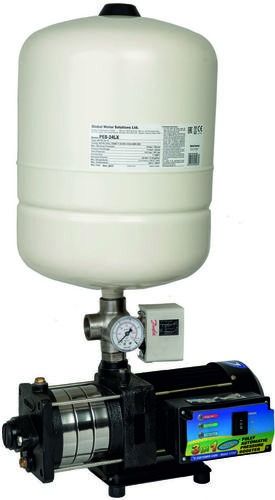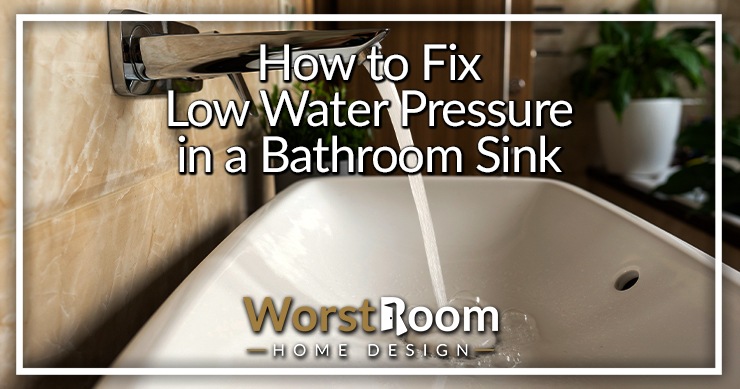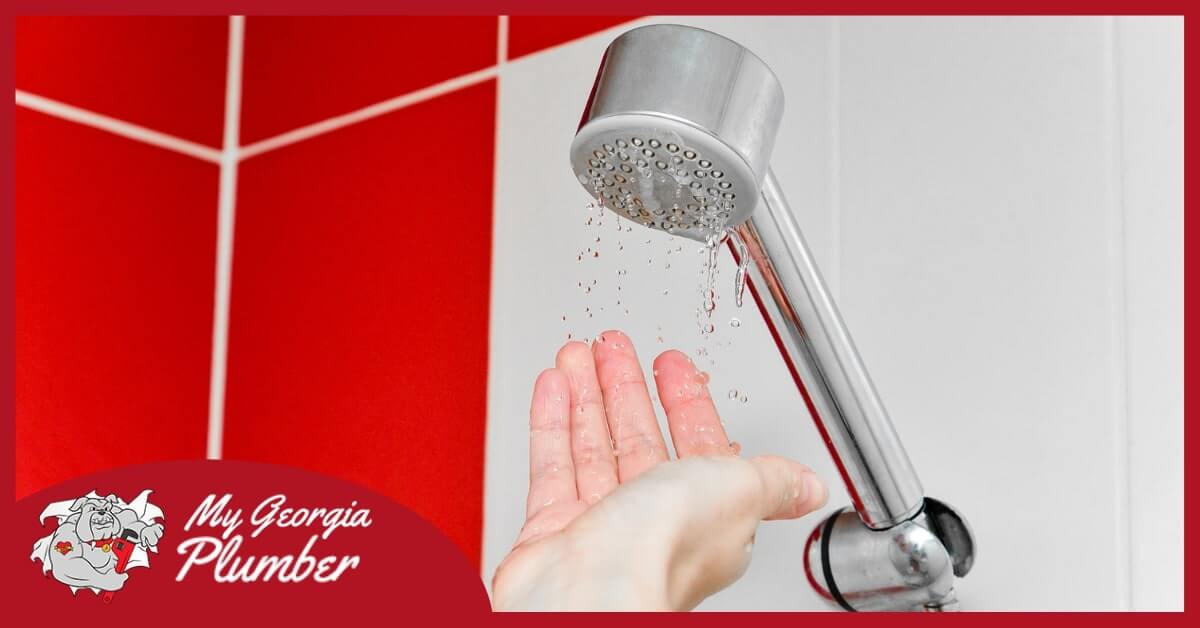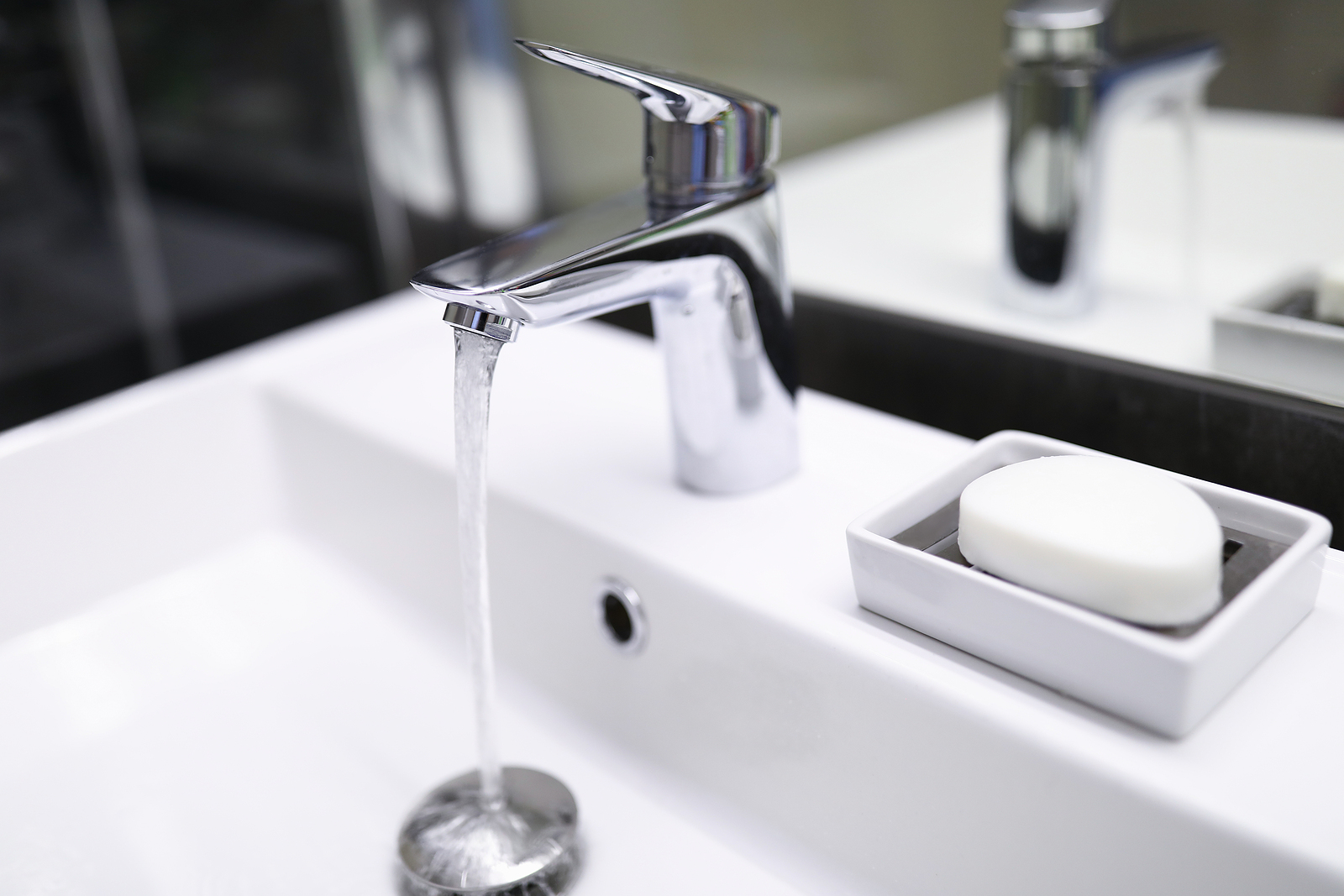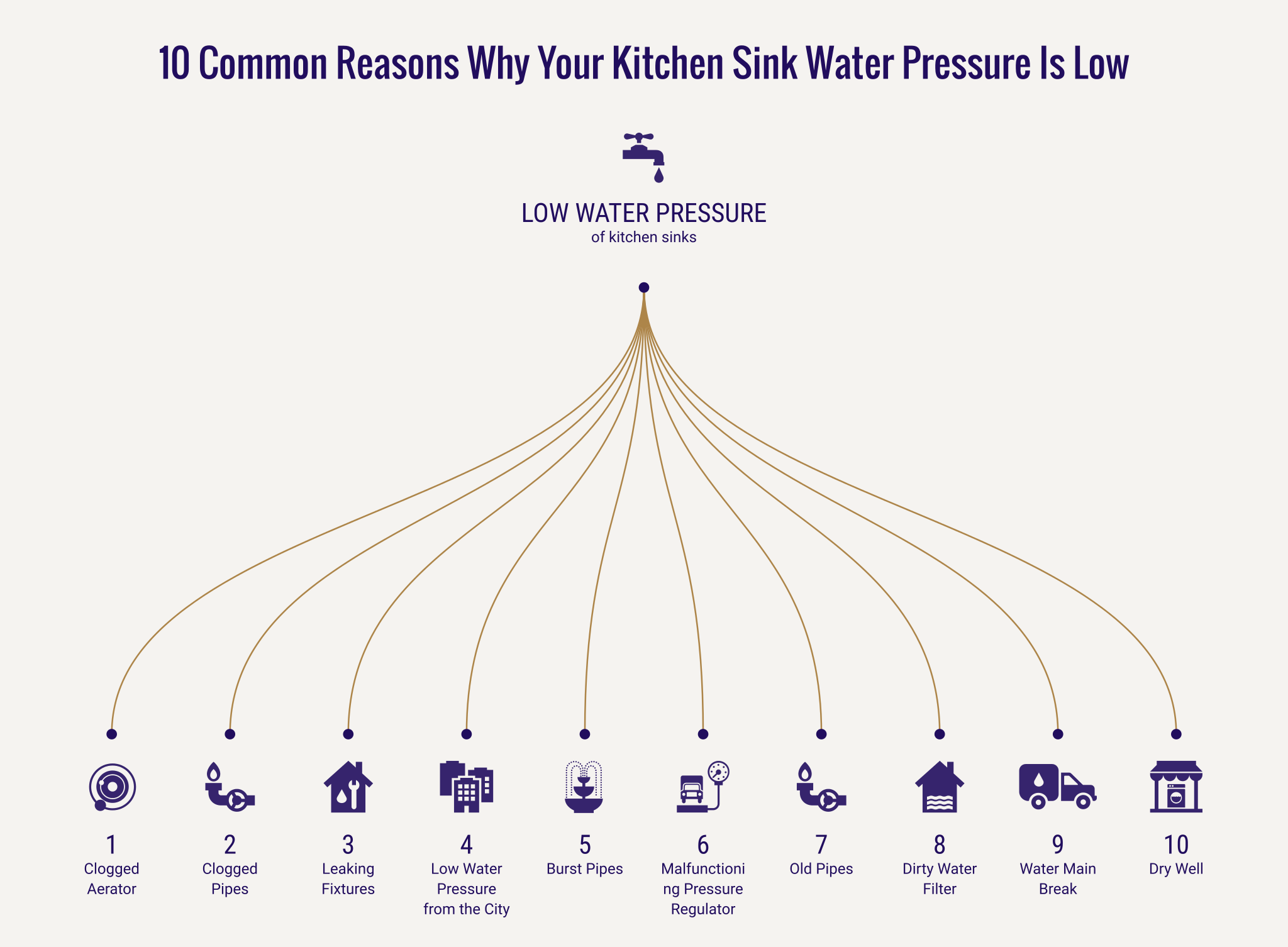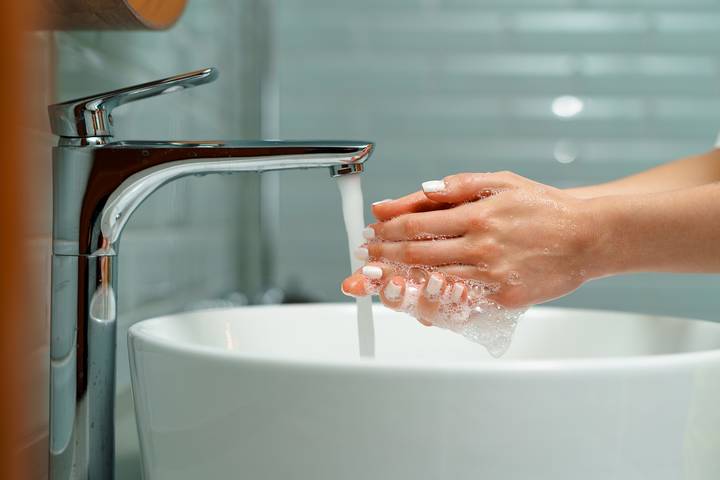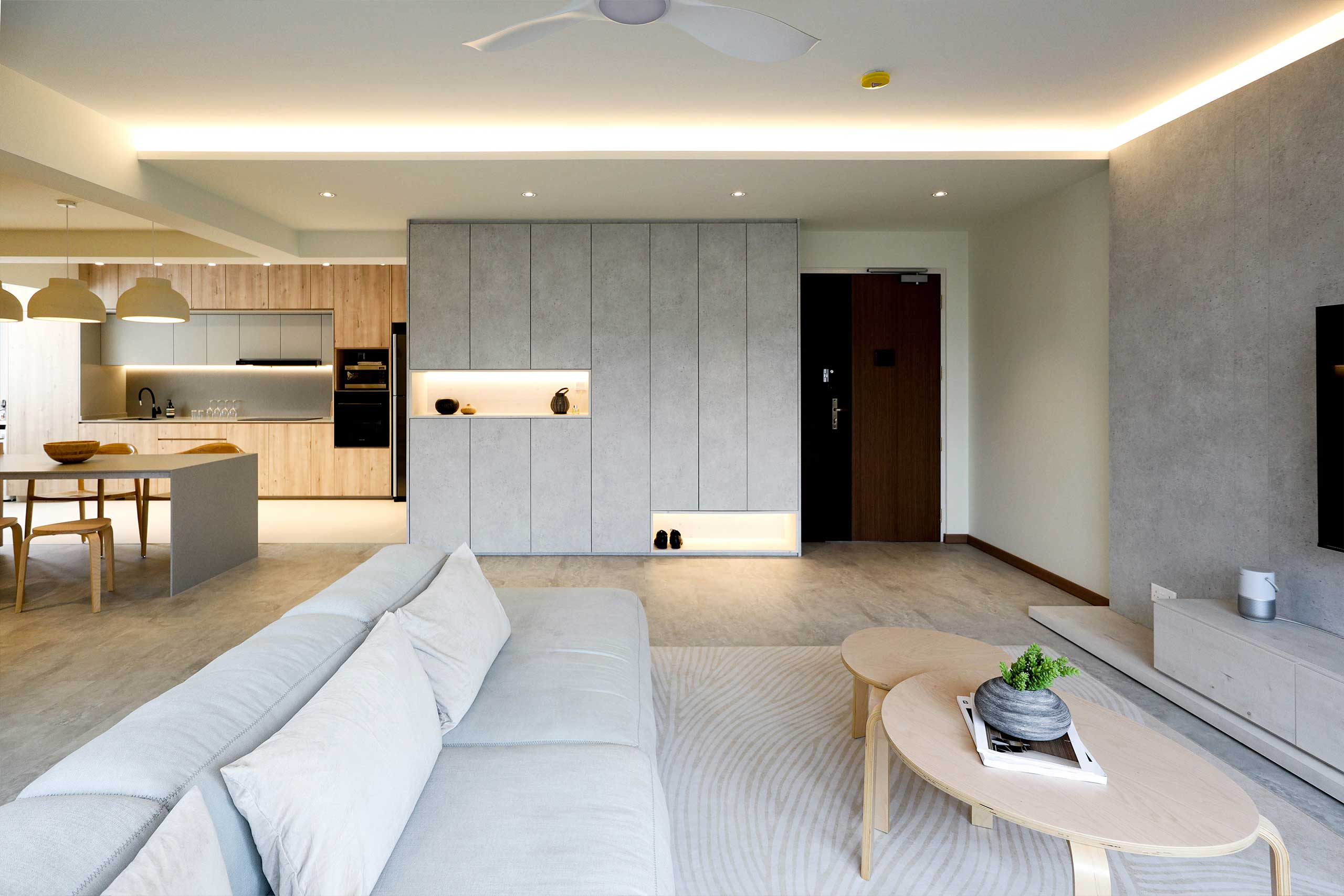Are you struggling with low water pressure in your bathroom sink? This common issue can be frustrating, especially when you're trying to get ready in the morning or wash your hands after using the bathroom. Fortunately, there are several solutions to improve the water pressure in your bathroom sink. Let's take a closer look at the causes and how to fix them. Low water pressure in bathroom sink
If you're wondering how to increase the water pressure in your bathroom sink, you're not alone. The first step is to check the water pressure in other areas of your home. If the water pressure is low throughout your home, the issue may be with your main water supply. In this case, you may need to contact your water company for assistance. If the low water pressure is only affecting your bathroom sink, there are a few things you can try. One option is to clean or replace the faucet aerator. Over time, mineral deposits and debris can build up in the aerator, causing restricted water flow. Simply unscrew the aerator, clean it with a mixture of water and vinegar, and then screw it back on. If this doesn't improve the water pressure, you may need to replace the aerator altogether. How to increase water pressure in bathroom sink
When troubleshooting low water pressure in your bathroom sink, it's important to consider all possible causes. One common culprit is a clogged water supply line. If you have an older home, the pipes may have accumulated rust and debris, restricting the flow of water. In this case, you may need to hire a professional plumber to replace the supply line. Another potential issue is a faulty shut-off valve. This valve controls the flow of water to your bathroom sink and can become worn or damaged over time. If you suspect this is the cause of your low water pressure, you may need to replace the shut-off valve. Troubleshooting low water pressure in bathroom sink
There are several factors that can contribute to low water pressure in your bathroom sink. As mentioned before, the main water supply, faucet aerator, water supply line, and shut-off valve can all play a part. Additionally, if you live in an area with hard water, mineral deposits can build up in your pipes and fixtures, causing restricted water flow. Another potential cause is corroded pipes. Over time, pipes can become corroded and develop leaks, which can affect the water pressure in your bathroom sink. If you suspect this is the issue, it's best to consult with a professional plumber for repair or replacement. Causes of low water pressure in bathroom sink
Now that you know some of the potential causes of low water pressure in your bathroom sink, you may be wondering how to fix it. The solution will depend on the specific cause, but some common fixes include cleaning or replacing the faucet aerator, unclogging the water supply line, replacing a faulty shut-off valve, or repairing or replacing corroded pipes. If you're not comfortable attempting these fixes on your own, it's always best to consult with a professional plumber. They have the knowledge and experience to accurately diagnose and fix the issue, ensuring your bathroom sink has proper water pressure. Fixing low water pressure in bathroom sink
Boosting water pressure in your bathroom sink may require a combination of solutions. It's important to first determine the cause of the low water pressure and address it accordingly. If the issue is with the main water supply, you may need to contact your water company for assistance. If the problem is with your faucet aerator, cleaning or replacing it should do the trick. For clogged water supply lines, a professional plumber can help unclog them and restore proper water flow. And for corroded pipes or faulty shut-off valves, it's best to hire a plumber for repair or replacement. Boosting water pressure in bathroom sink
As you can see, there are several solutions for low water pressure in your bathroom sink. Some are simple fixes that you can do on your own, while others may require the help of a professional plumber. It's important to address the issue as soon as possible to avoid further damage and inconvenience. In addition to the solutions mentioned above, you may also want to consider installing a water pressure booster or water softener. These can help improve water flow and prevent future issues with low water pressure. Solutions for low water pressure in bathroom sink
To improve water pressure in your bathroom sink, it's important to address any underlying issues. This may include cleaning or replacing the faucet aerator, unclogging the water supply line, repairing or replacing corroded pipes, or installing a water pressure booster or softener. Regular maintenance can also help prevent future issues with low water pressure. This includes periodically cleaning your faucet aerator and scheduling professional plumbing inspections to catch any potential issues early on. Improving water pressure in bathroom sink
Low water pressure is not the only issue that can arise with your bathroom sink's water pressure. Other common issues include fluctuating water pressure, air in the pipes, and water hammer. Fluctuating water pressure may be caused by a faulty pressure regulator or a blockage in the pipes. Air in the pipes can result in sputtering water and reduced pressure. Water hammer, or a loud banging noise when turning off the water, can also be a sign of an issue with the water pressure. If you experience any of these problems, it's best to consult with a professional plumber for proper diagnosis and repair. Common issues with bathroom sink water pressure
To wrap up, here are some additional tips for increasing water pressure in your bathroom sink: Tips for increasing water pressure in bathroom sink
Troubleshooting Low Sink Water Pressure in Your Bathroom

Don't Let Low Water Pressure Ruin Your Morning Routine
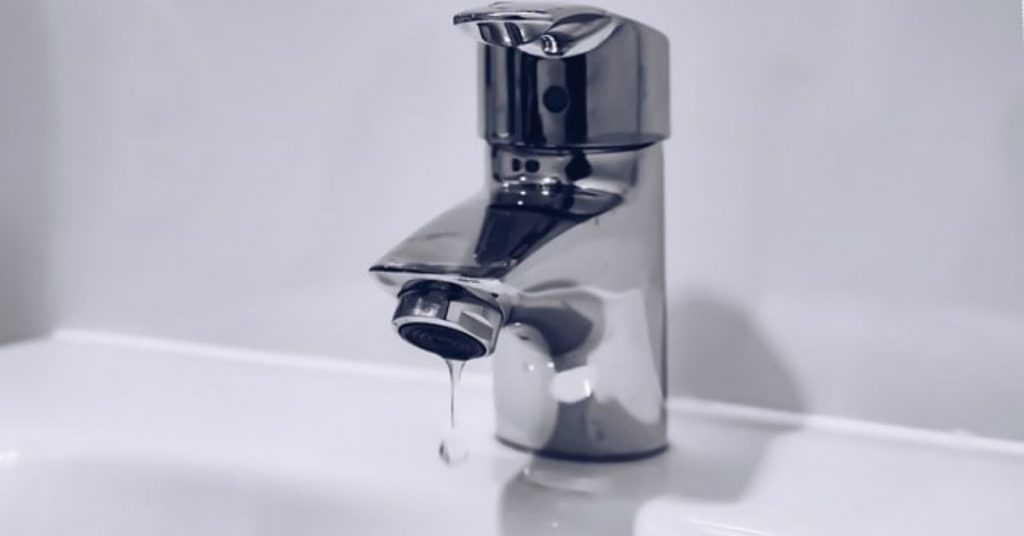 Low water pressure in the bathroom sink is a common issue that can be frustrating and inconvenient. It can disrupt your daily routine and make simple tasks like washing your face or brushing your teeth more time-consuming than necessary. While there are many possible causes for low sink water pressure, understanding the root of the problem is essential in finding a solution. Here are some common reasons for low sink water pressure and steps you can take to fix them.
Low water pressure in the bathroom sink is a common issue that can be frustrating and inconvenient. It can disrupt your daily routine and make simple tasks like washing your face or brushing your teeth more time-consuming than necessary. While there are many possible causes for low sink water pressure, understanding the root of the problem is essential in finding a solution. Here are some common reasons for low sink water pressure and steps you can take to fix them.
Check Your Faucet Aerators
 One of the most common causes of low water pressure in the bathroom sink is a clogged or dirty faucet aerator. The faucet aerator is the small mesh screen at the end of the faucet that helps to evenly distribute water flow and prevent splashing. Over time, mineral deposits and debris can build up in the aerator, affecting water pressure. To clean it, unscrew the aerator from the end of the faucet and soak it in a solution of equal parts water and vinegar for about an hour. Rinse it thoroughly and screw it back on. This simple fix can often restore water pressure to your sink.
One of the most common causes of low water pressure in the bathroom sink is a clogged or dirty faucet aerator. The faucet aerator is the small mesh screen at the end of the faucet that helps to evenly distribute water flow and prevent splashing. Over time, mineral deposits and debris can build up in the aerator, affecting water pressure. To clean it, unscrew the aerator from the end of the faucet and soak it in a solution of equal parts water and vinegar for about an hour. Rinse it thoroughly and screw it back on. This simple fix can often restore water pressure to your sink.
Inspect Your Pipes for Leaks or Blockages
 Another possible cause of low sink water pressure is a leak or blockage in your pipes. If you notice a sudden drop in water pressure, it could indicate a leak somewhere in your plumbing system. Check for any visible leaks under your sink or in the walls, and if you find one, call a professional plumber for repairs. If there are no visible leaks, it's possible that there is a blockage in your pipes. This can be caused by a buildup of debris, such as hair, soap scum, or mineral deposits. A plumber can use specialized tools to clear the blockage and restore normal water pressure.
Another possible cause of low sink water pressure is a leak or blockage in your pipes. If you notice a sudden drop in water pressure, it could indicate a leak somewhere in your plumbing system. Check for any visible leaks under your sink or in the walls, and if you find one, call a professional plumber for repairs. If there are no visible leaks, it's possible that there is a blockage in your pipes. This can be caused by a buildup of debris, such as hair, soap scum, or mineral deposits. A plumber can use specialized tools to clear the blockage and restore normal water pressure.
Consider Your Home's Water Pressure
 If you've ruled out any issues with your faucet aerator or pipes, it's worth considering the water pressure in your home as a whole. Some homes have lower water pressure than others, and this can be due to a few factors such as the distance from the main water line or the size of the pipes in your home. If you suspect that your home's water pressure may be the culprit, you can install a pressure booster or contact your water company to see if they can increase the pressure to your home.
Don't Let Low Sink Water Pressure Affect Your Daily Life
Dealing with low water pressure in your bathroom sink can be a hassle, but it's important to address the issue as soon as possible to avoid further frustration. By checking your faucet aerators, inspecting your pipes, and considering your home's water pressure, you can troubleshoot and fix the problem. If you're unsure of the cause or unable to fix it yourself, don't hesitate to call a professional plumber for assistance. Don't let low water pressure affect your daily routine any longer. Take action and enjoy a fully functioning bathroom sink once again.
If you've ruled out any issues with your faucet aerator or pipes, it's worth considering the water pressure in your home as a whole. Some homes have lower water pressure than others, and this can be due to a few factors such as the distance from the main water line or the size of the pipes in your home. If you suspect that your home's water pressure may be the culprit, you can install a pressure booster or contact your water company to see if they can increase the pressure to your home.
Don't Let Low Sink Water Pressure Affect Your Daily Life
Dealing with low water pressure in your bathroom sink can be a hassle, but it's important to address the issue as soon as possible to avoid further frustration. By checking your faucet aerators, inspecting your pipes, and considering your home's water pressure, you can troubleshoot and fix the problem. If you're unsure of the cause or unable to fix it yourself, don't hesitate to call a professional plumber for assistance. Don't let low water pressure affect your daily routine any longer. Take action and enjoy a fully functioning bathroom sink once again.






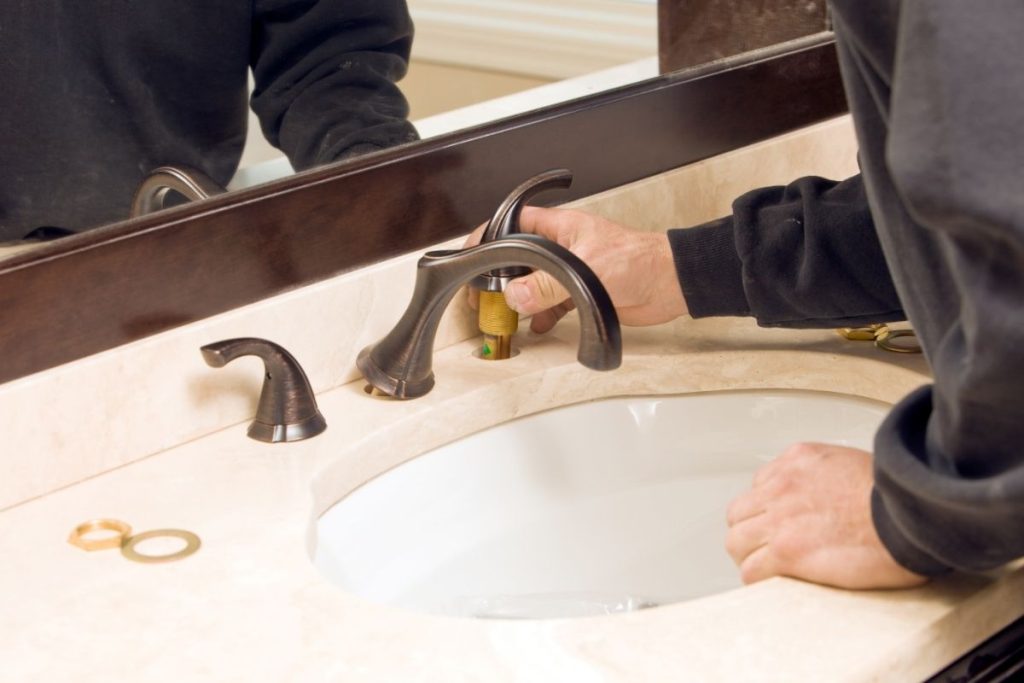
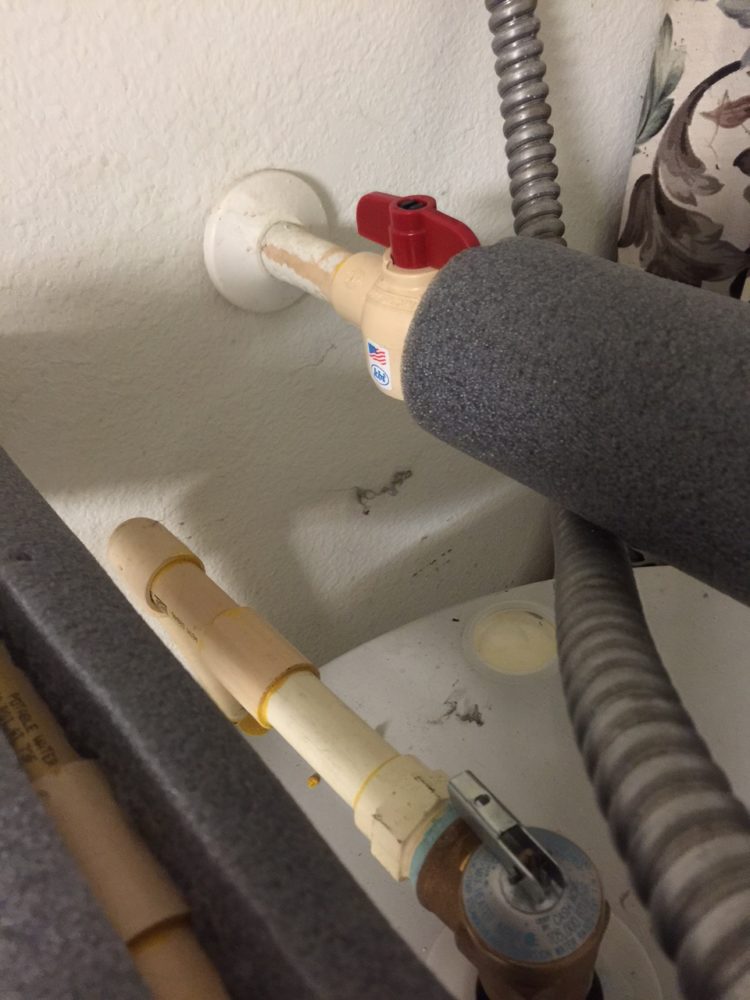

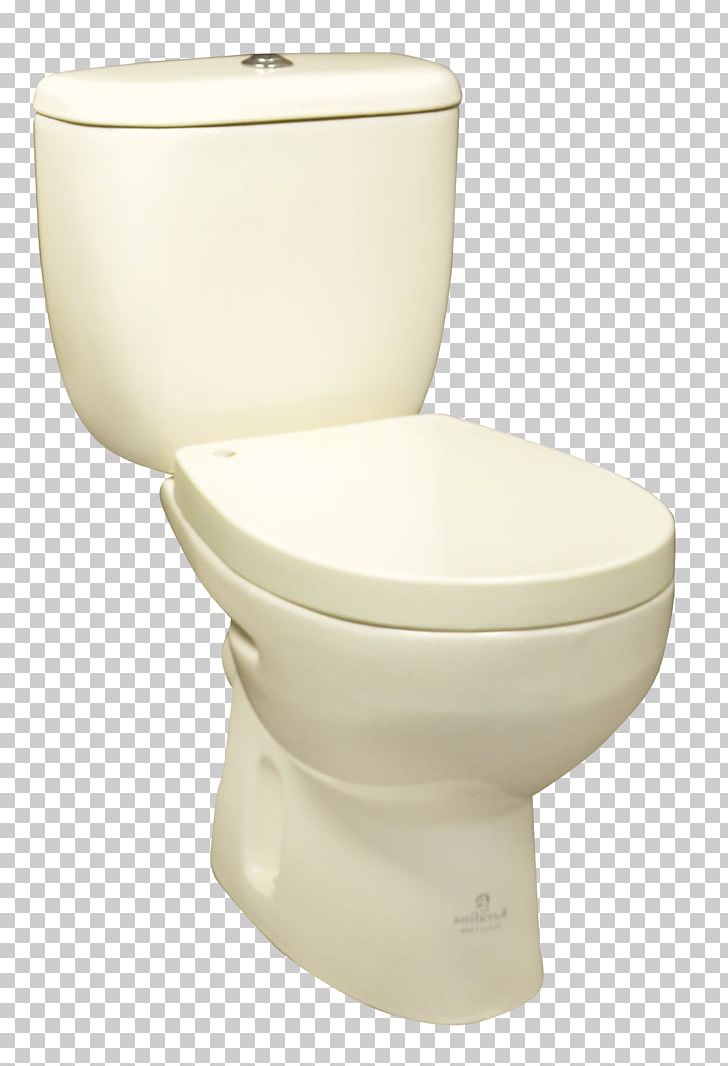
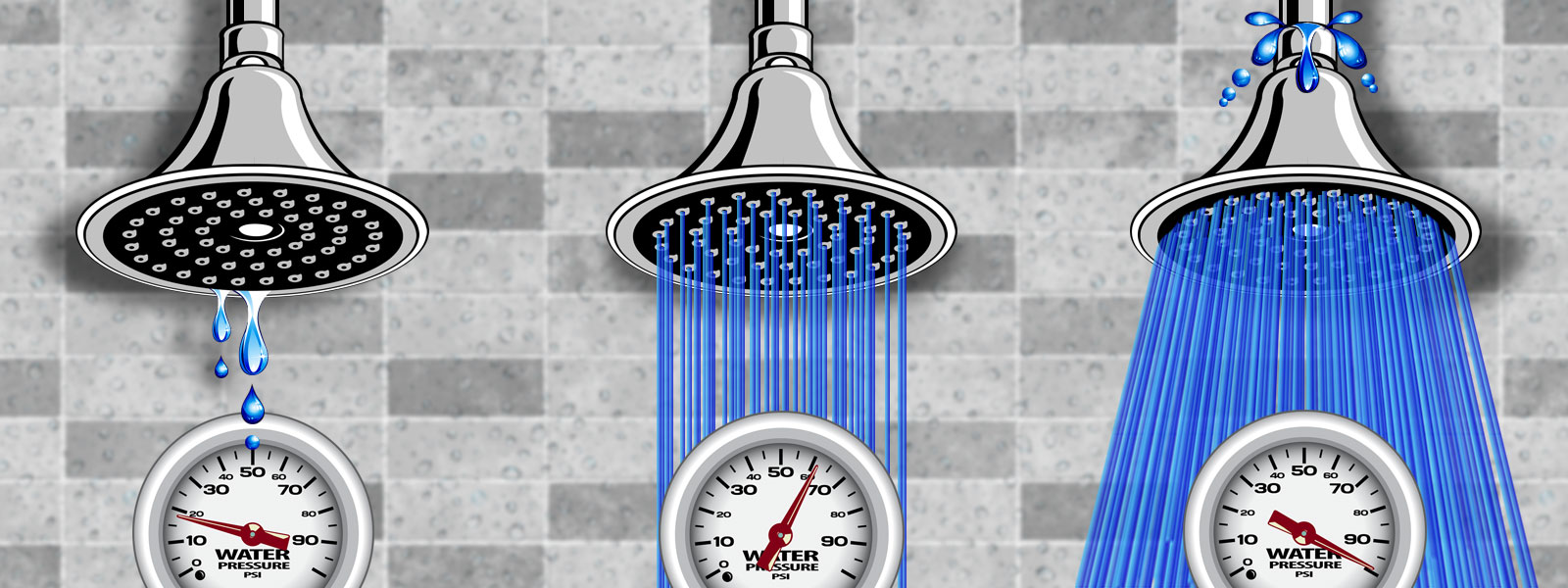


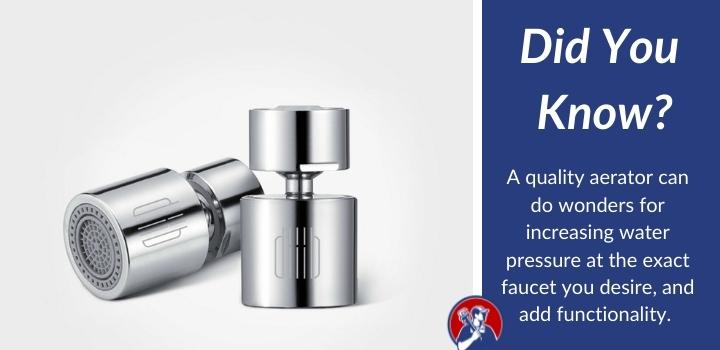

:max_bytes(150000):strip_icc()/increase-low-shower-pressure-4052359_FINAL_01-6ece340f72f74bf9ae59e4192b03c0bc.png)




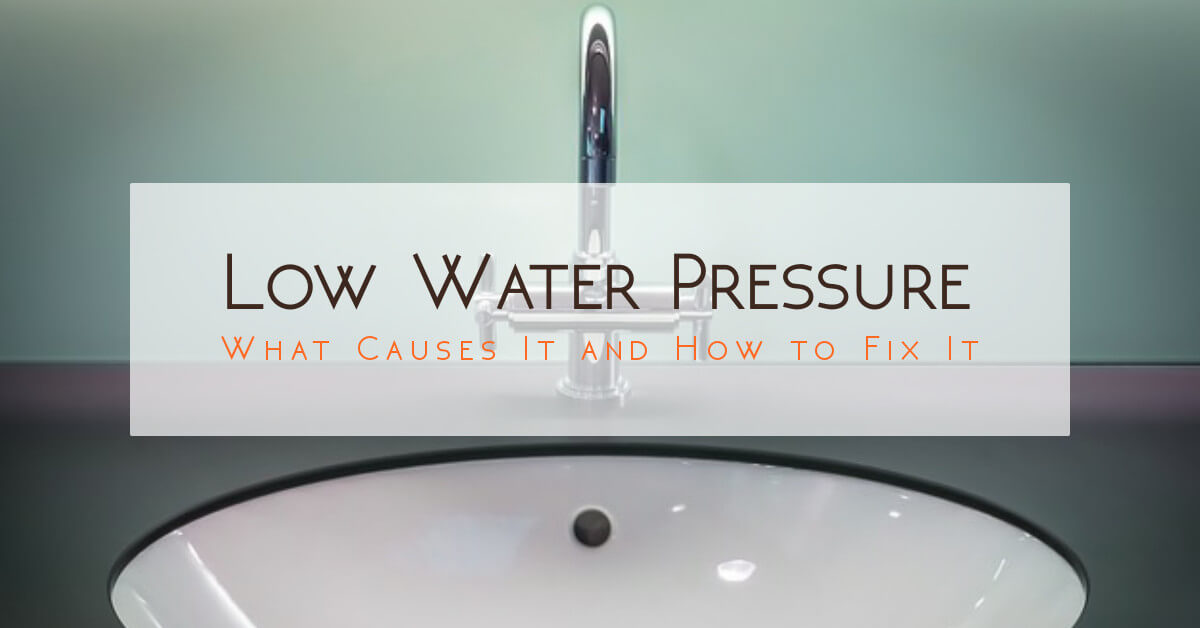



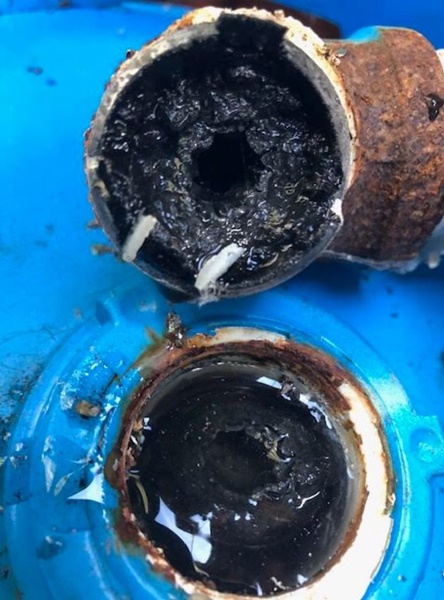



:max_bytes(150000):strip_icc()/the-men-s-hand-opens-the-ball-valve-on-the-collector-1006810456-5c5fc73fc9e77c000159c4af.jpg)











